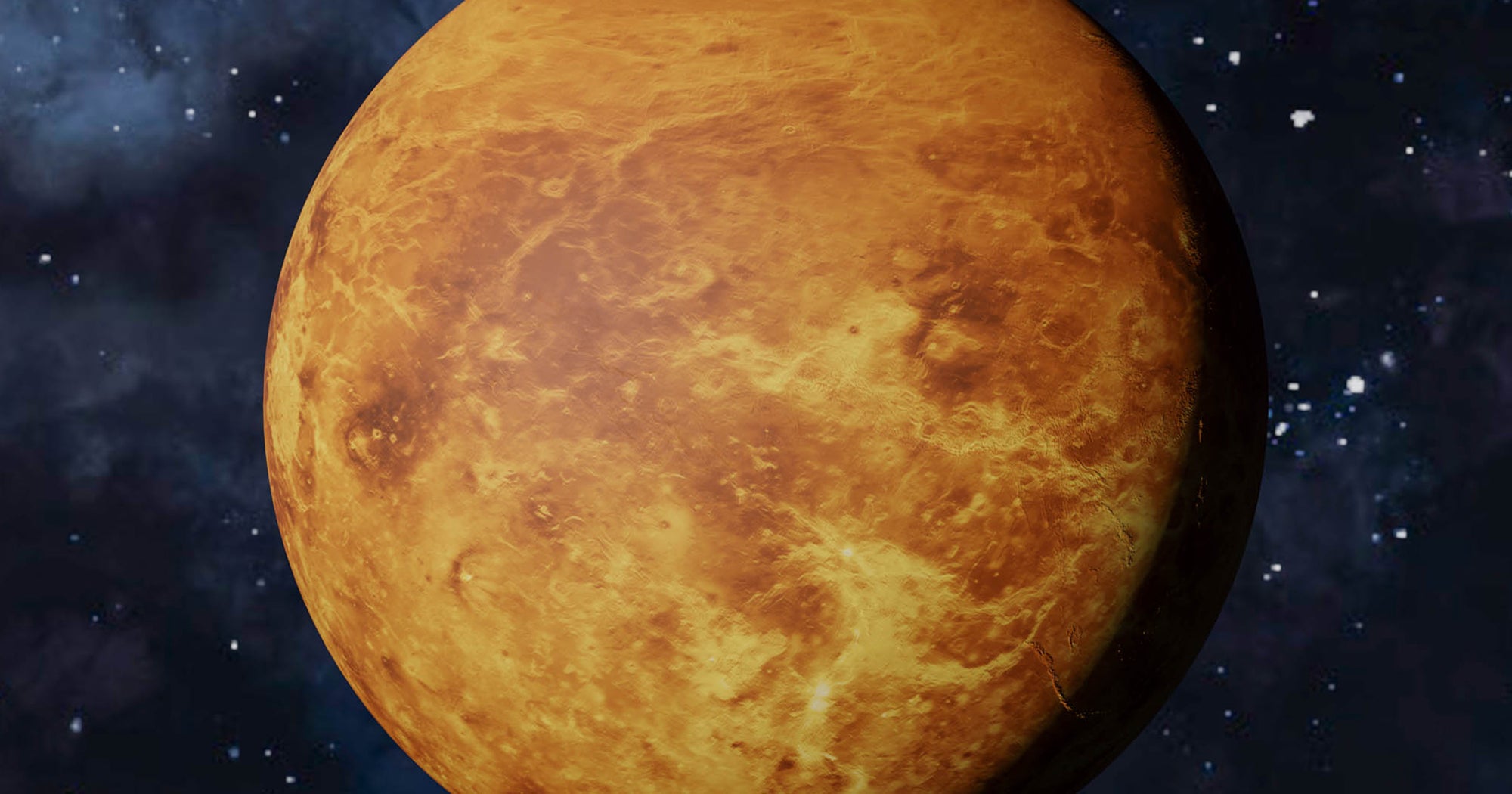There are edible greens that will grow wherever they find space.Julie Van Rosendaal/The Globe and Mail
Most of us aspire to eat more leafy greens.
Roughly 90 per cent of the fresh greens we consume in Canada are imported, most from the U.S. Though we tend to seek out baby spinach, kale and lettuces, often planting them in our own gardens and windowsill pots, there are other edible greens that will grow wherever they find space – in our lawns and sidewalk cracks and between the rows of our intentionally planted veggies.
To have nutrient-dense greens growing profusely without requiring any maintenance is good for us as well as the environment; at a time when grocery prices are through the roof and we’re attempting to eat local, consider this permission to stop weeding and start foraging.
‘A bit of a treasure hunt:’ Why foraging tours are taking off
Dandelions are entirely edible, from root to bloom – they have been valued in traditional Chinese medicine for thousands of years and were consumed by cultures around the world before arriving in North America. Beyond this humble, recognizable green, there’s so much more to be harvested in your own backyard. (Ensure you’re identifying each plant properly for safe consumption, and that they aren’t growing in areas treated with pesticides or other chemicals.)
The broad, shiny, dark green leaves of plantain, also known as broadleaf or narrowleaf plantain, have a slightly rubbery texture similar to kale, and though they can be eaten raw, they can be tamed by cooking. Use plantain in anything from soups, dips and curries to omelettes and pakoras, or blend the leaves into smoothies for a nutritional boost.
Five ready-made, non-alcoholic drinks to enjoy for a refreshing summer
Creeping bellflower is one of the most invasive in yards and gardens and is completely edible – it doesn’t have much flavour but is nutritionally similar to spinach and can be eaten fresh, sautéed or cooked down in any dish you might use spinach for, from palak paneer to spanakopita.
Delicate, pale green lamb’s quarters, also known as wild spinach, is not as abundant but can be used the same way – raw or cooked. Pineapple weed, also known as wild chamomile, can be steeped to make tea similar to the much-loved chamomile it’s related to. With faint pineapple notes, the frilly fronds can be used in pastas or salads or as a garnish that resembles dill.
Wood sorrel looks a bit like clover and has a citrusy flavour – use it as you might use parsley or microgreens. And chickweed is similarly delicate; with spade-shaped leaves and tiny white flowers, it creeps along the ground and the side of garden boxes, and is tasty and beautiful on top of anything from eggs to pasta to avocado toast.
Your next protein-packed recipe: a reinvigorated bean salad
Pesto Pasta with Backyard Greens
There is no correct ratio when it comes to making pesto – blend any combination of leafy greens, preferably with some fresh basil for flavour, along with soft nuts or seeds, garlic, oil and, if you like, a generous grating of Parmesan cheese. Store in your fridge for up to a week, or freeze.
- Handfuls of plantain, creeping bellflower, lamb’s quarters or dandelion leaves
- Shelled sunflower or pumpkin seeds, or creamy nuts such as cashews, walnuts or pine nuts
- Freshly grated Parmesan cheese (optional)
- A small handful of fresh basil
- A clove of garlic, peeled
- Salt
- Canola or olive oil
- Pasta (any shape, any quantity)
- Cooked or canned white beans or chickpeas, halved grape tomatoes or any other veggies you like
- Fresh backyard greens, such as chickweed, pineapple weed or wood sorrel, for garnish
Bring a pot of water to a boil to cook the pasta and if you’re using plantain, wash and blanch the leaves for about three minutes, until wilted and tender. Remove with tongs and run under cool water to stop them from cooking.
Put them into a food processor with creeping bellflower, lamb’s quarters and/or dandelion leaves, and about a quarter (by volume) as many seeds or nuts. Add a generous grating of Parmesan cheese, if you like, and some fresh basil, a clove of garlic and big pinch of salt. Pulse to mulch everything up and then add oil with the motor running, scraping down the side of the bowl, until you have a loose pesto. Taste and adjust the salt, if needed.
Cook the pasta according to the package directions, drain and toss with the pesto. Add beans, tomatoes or anything else you like, and serve topped with a few tiny backyard leaves, if you have any.
Serves as many as you like.











